How Did The Aryans Lived Their Lives During the Ancient India?
How Did The Aryans Lived Their Lives During the Ancient India?
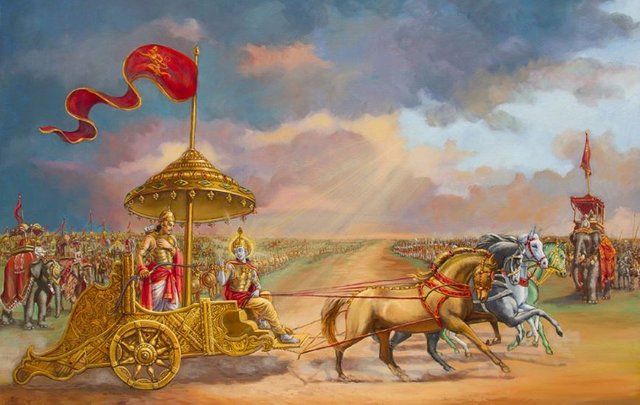
Image Source
It might be expressed as a general principle that a language can't force itself upon a huge number of people who had an alternate speech, unless joined by a predominant form of production. The Aryans couldn't have been a tremendous crowd of intruders, in light of the fact that the land from which they came couldn't bolster a greater population than the vast majority of the edified and cultivated regions they attacked. How could they force themselves and their languages upon others?
What was their main commitment to culture in the more extensive sense of the word? It is conceivable to say a great arrangement in regards to the Aryans who tormented India. The name Aryan is unquestionably defended for the Indo-Iranian people from the second thousand years B.C. onwards by documentary and linguistic proof. Paleontology discloses to us that these particular Aryans were a warrior-nomadic people. Their main wellspring of food and measure of riches was cattle, which they fed crosswise over huge extends of the continent.
The horse, saddled rather wastefully to the chariot, gave them speed in strategic move and predominance in battle. The structure of the Aryan tribe was patriarchal, the male being the predominant figure and holder of property in the tribe. The Aryan gods are overwhelmingly male as well, yet a few goddesses were assumed control from older, times. When talking of Aryan culture, the sense must be clarified. The Aryans were not cultivated as contrasted and the great third-thousand years urban cultures which they assaulted and regularly destroyed.
There is no distinctively Aryan pottery or unique Aryan tools which would portray Aryan culture in the excavator's sense. What gave these people their significance in world history was unequivocally their unequaled versatility because of the mobile food supply in cattle, the horse-chariot for war, and ox-carts for substantial transport. Their main achievement was the severe annihilation of boundaries between then little, shut, and frequently rotting peasant communities that described the third thousand years, away from the great riparian civilizations.
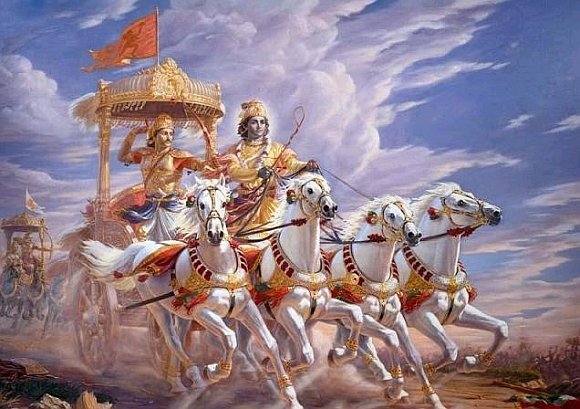
Image Source
The Aryans took for their own whatever local strategy suited them, and moved on. The devastation left afterward was frequently hopeless for the people overwhelm. By and by, the distinction amongst Aryan and Egyptian attacks was fundamental. At the point when the Egyptian Pharaoh had picked up his plunder, tribute, control of copper mineral, or slaves for work on his projects, he backpedaled.
Unless wiped out totally, life in the locality attacked proceeded in much the old way. Be that as it may, after the Aryans had disregarded the old settlements, a large number of them too far off the beaten path and not worth the Pharaoh's while to attack, human society and human history started again on an entirely unexpected level. The old disconnection in little farming units and shut tribal communities was from that point inconceivable.
Strategies which had been firmly monitored local secrets, regularly bound up with senseless custom, wound up plainly general knowledge. Aryans and pre-Aryans joined generally speaking into new communities, by regrouping, frequently with a new, Aryan language. Two main Aryan waves started from Central Asia in the second thousand years, the first about the start and the second towards the end. Both influenced India, and most likely Europe, as well. Nor was a ponder, arranged, or directed movement.
The field of the particular homeland was inadequate to help the cattle and their owners, maybe in light of a long drought. The relocation was not always in a settled direction. Sonic of the individuals who entered into India drew back, either on the grounds that they were beaten back or were generally disappointed with conditions in new domain. This is appeared by the trademark Indian bumped bull on some Hittite seals late in the second thousand years.
The Aryans were always on the move. The names of rivers and mountains frequently went with them. The Sarasvati river, hallowed in the Vedas, was at one time the Helmand in Afghanistan, at that point a river in the eastern Panjab which went away after the Rigveda, presumably by the first thousand years. Taking the Rigveda the way things are, for absence of anything better, we have in any event affirmation of the negative action, the destroy of the Indus cities.
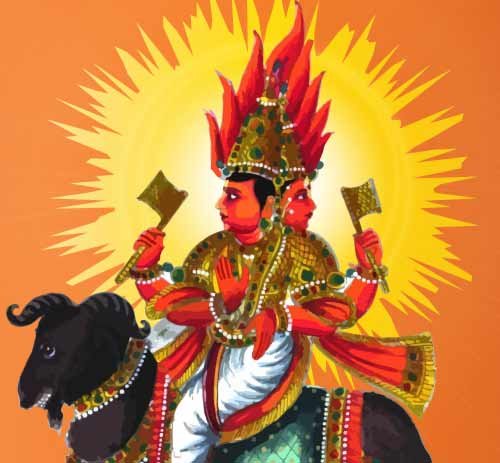
Image Source
The chief Vedic god is Agni, the god of fire, a greater number of hymns are devoted to him than to some other. Next in significance comes Indra, who takes after a human war pioneer of simply such brutal, patriarchal, bronze-age savages as the Aryans of the first wave evidently were. Truth be told, despite everything it remains an open inquiry whether Indra isn't an idolized ancestral war pioneer who had really driven the Aryans in the field, or maybe a progression of such dynamic human chiefs.
Numerous a period Indra is welcome to drink the effective intoxicant soma and to lead his Aryan followers to triumph. Indra crushed the enemies of the Aryans, plundered the fortune houses of the godless. The demons he executed are named: Sambara, Pipru, Arsasanas, Sushna, and Namuci among others, a large number of these names sound un-Aryan. It is always hard to separate Vedic myth from conceivable historic reality, explanatory acclaim could possibly speak to some military accomplishment on the battlefield.
Were the women in Namuci's army human or mother goddesses? Did the demon have two spouses or does he speak to the local god of two rivers seen so regularly on Mesopotamian seals? The Aryans had devastated other urban cultures previously coming to India. Indra wiped out the leftovers of the Varasikhas at Hariyupiya for the benefit of Abhyavartin Cayamana, an Aryan chief. The tribe obliterated was that of the Vricivats, whose forefront of 130 panoplied warriors was smashed like an earthen pot by Indra on the Yavyavati river, the entire restricting army being tore apart like old clothes, the rest fled in fear.
Such overwhelming language depicts some genuine battle at Harappa, regardless of whether between two Aryan gatherings or amongst Aryans and non-Aryans. It is enticing to trust that cemetery at Harappa, which comes later than pre-Aryan urban culture, speaks to Aryan entombments in its best layer. Also, we are enticed to find Mohenjo-daro in the city Narmini, however no points of interest can be separated from the Rigveda aside from maybe that the city was decimated by fire.
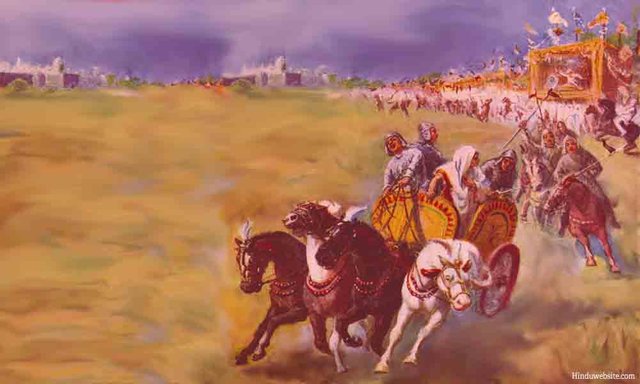
Image Source
The pre-Aryans had many stockades and invigorated places, some occasional, others sufficiently solid to be called shameless. The enemies were dark and short-nosed. A portion of the abounding solid places broke by Indra are allegorically portrayed as 'pregnant with black embryos'. One accomplishment for which Indra is adulated over and over is the freeing of the rivers.
The main non-Aryan people, particularly named, however not frequently, were the Panis. Well off, slippery, avaricious, unfit to confront India in battle - such is their general portrayal. A late however well known Rigvedic hymn contains an exchange between these Panis and the dog goddess Sarama sent as delegate by Indra. The trading of words was not only droned but rather clearly intended to be carried on, consequently the stylized remembrance of some vital historical occasion.
Commentaries generally announce that the Panis had stolen and concealed Indra's cattle. Sarama should be the messenger requesting their arrival to Indra's followers, the gods. In reality the hymn says nothing in regards to stolen cattle, yet is a direct, limit interest for tribute in cattle, which the Panis derisively dismiss. They are then warned of critical results. This sounds particularly like the standard Aryan technique for attack.
The name Pani does not appear to be Aryas, but rather the word left critical subordinates in Sanskrit and through Sanskrit in later Indian languages. Trader, modern bania, originates from the Sanskrit vanik, which thus has no known birthplace with the exception of in Pani. Coin is pana in Sanskrit; trade goods and commodities in general are panya. The earliest weight benchmarks for Indian coins are precisely those of a positive class of weights at Mohenjodaro, not norms pervasive in Persia or Mesopotamia.
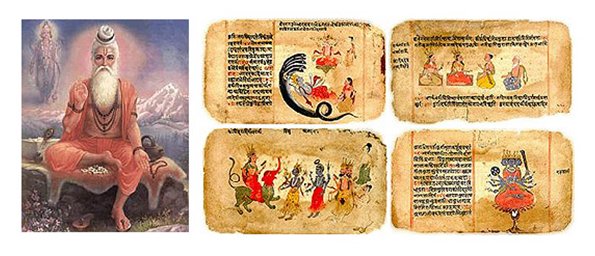
Image Source
Doubtlessly some Indus people survived Aryan avarice to proceed with the old traditions of trade and fabricate. The Rigveda says nothing of settled settlements or of writing, reading, architecture, art. Music was confined to serenades for custom. Technology measured for the most part to the development of tools, chariots, and weapons of war, it belonged fundamentally to the god Tvashtri and his followers, both apparently of Indus root.
Be that as it may, there was no caste or class separation inside the tribe at this stage, the craftsmen were still free individuals from the tribe, not debased in caste status as they would move toward becoming at the following stage when the tribes started to break up. Weaving was a claim to fame of the women, however male soothsayers may weave a hymn as though it were a designed garment on the linger. The focal point of men's public life was the sabha - the word signified both the tribal get together and its bit lobby.
Apart from tribal council gatherings, the sabha was utilized additionally for unwinding by the men, and just by men. This tribal long house was the scene of a most loved action, gambling. The gambler with his one serious enthusiasm and finish slight for home and family shows up in a late however renowned hymn of the oldest Veda. There is incidental mention of chariot races, female dancers, male fist-fighters. The Aryans were plainly brutes on a lower level of culture than the urban people they wrecked.

Image Source

References:
http://www.ancient-origins.net
https://en.wikipedia.org/wiki/Indo-Aryan_peoples
https://en.wikipedia.org/wiki/Aryan_language
https://en.wikipedia.org/wiki/Indo-Aryan_languages
http://www.hinduwebsite.com
https://tamilandvedas.com
Great points.. thanks for bringing these important points in our view.
I've resteemed your post!
nice post
Wow! so awesome illustrations! Upvoted and followed! Wishing to be as grow my skills to draw like that!
I am quite a beginner in this field and have uploded some of my works! If you have time please do visit my profile and provide me feedback if possible. Thanks a lot!
very informative post.thank you.
please follow me .i am following you